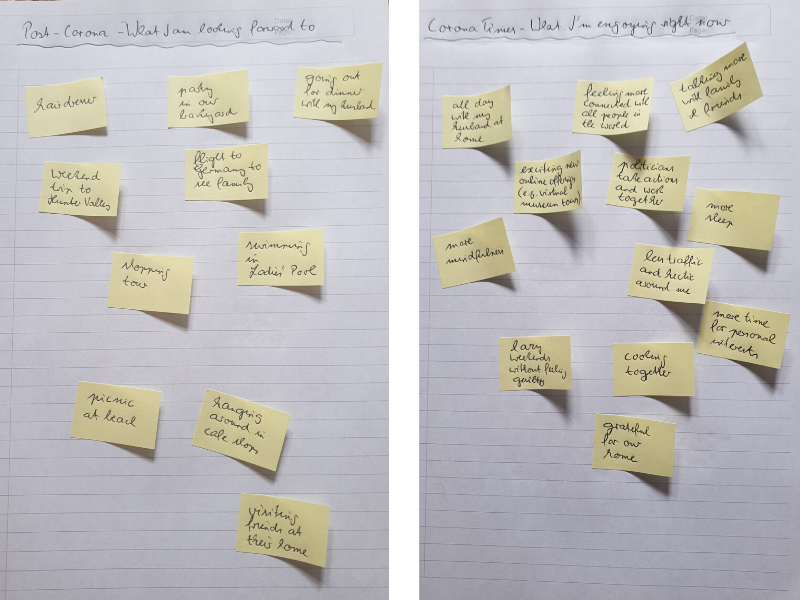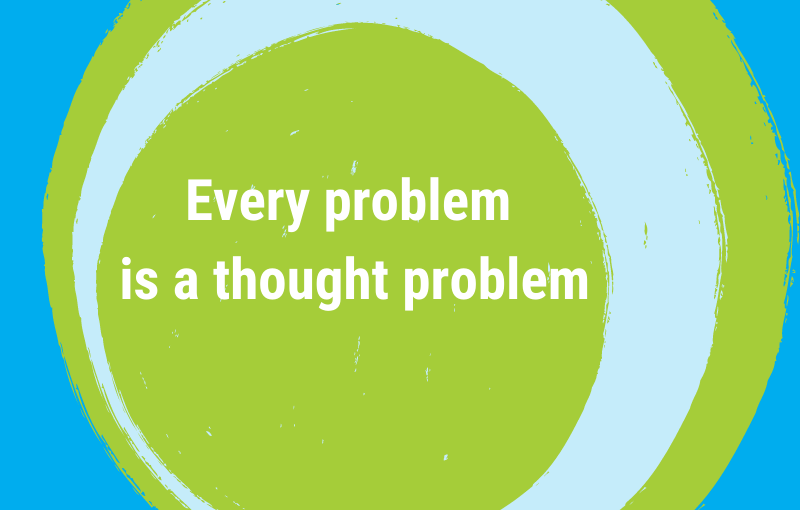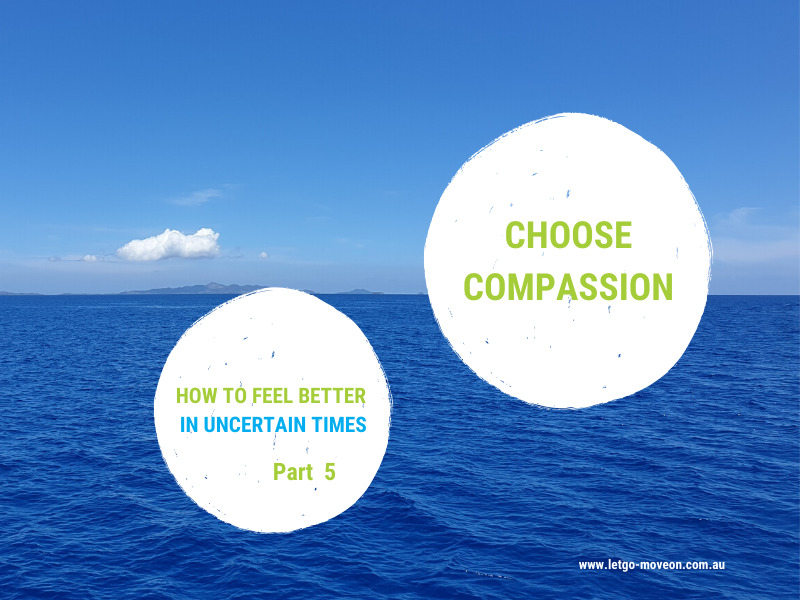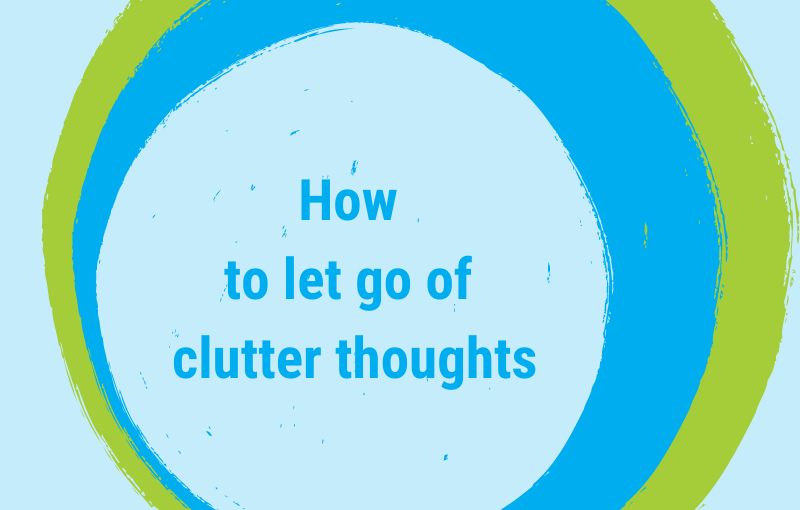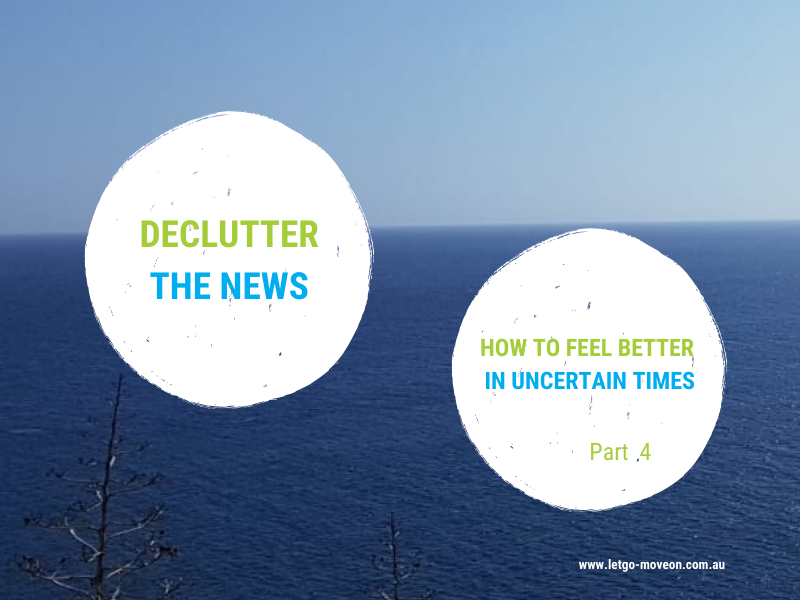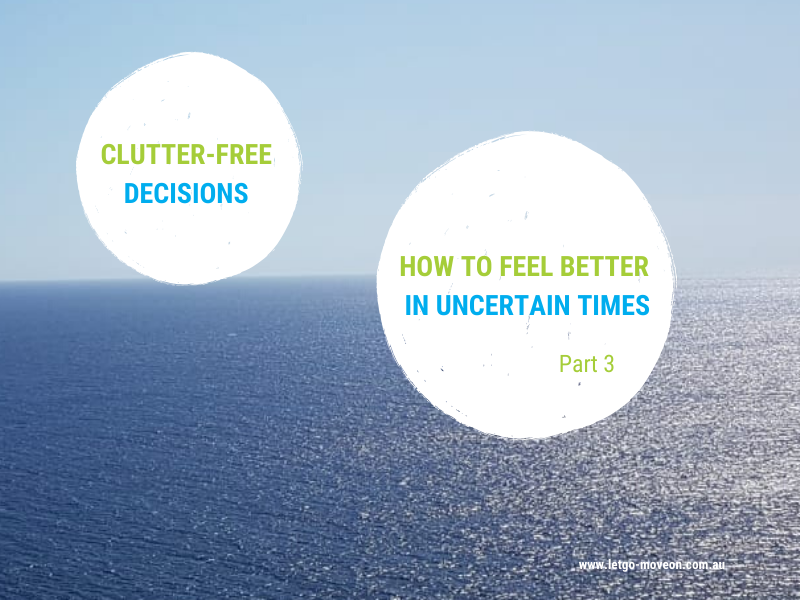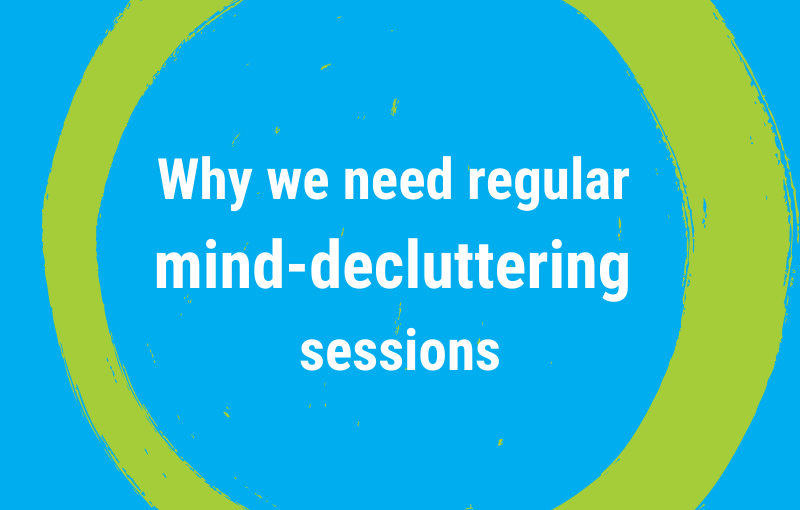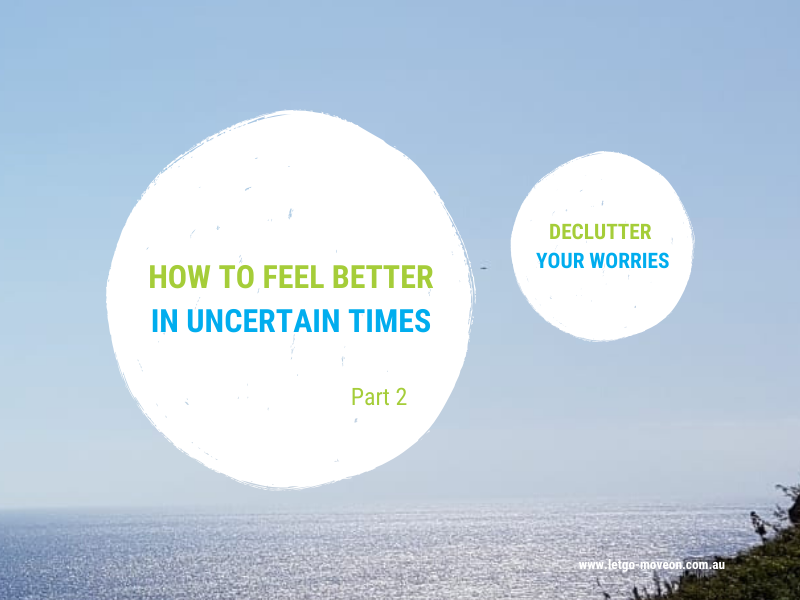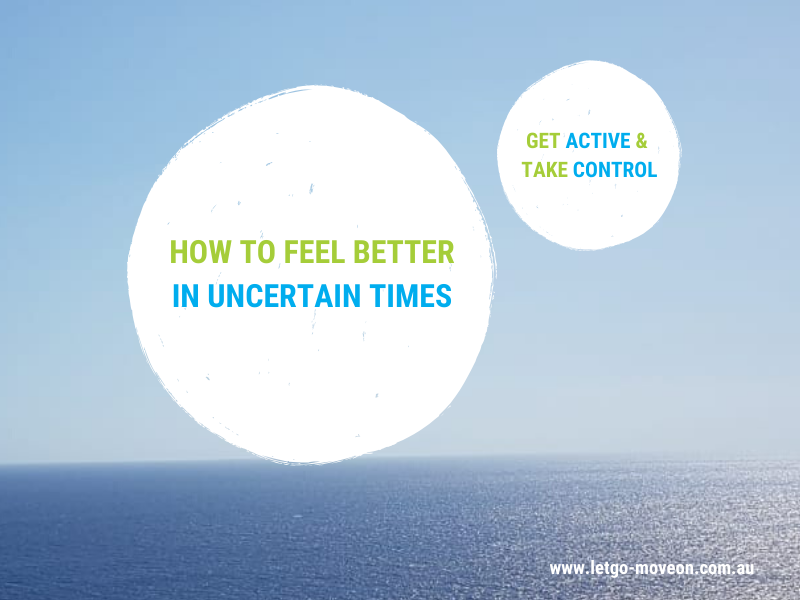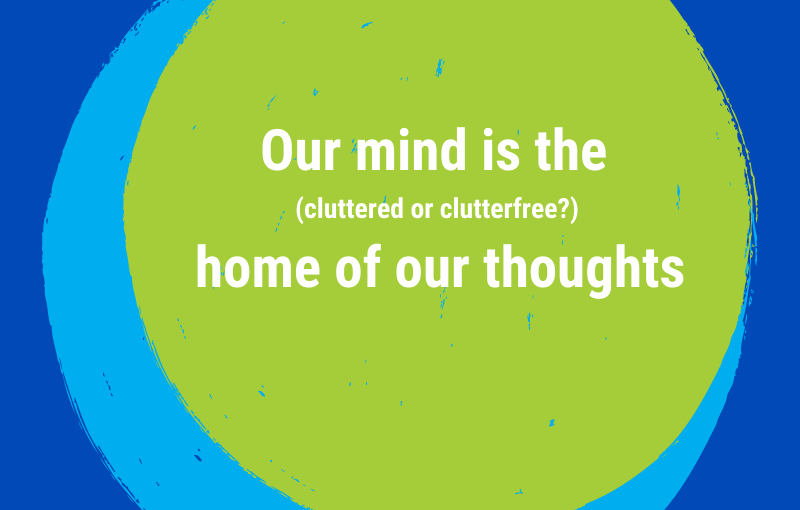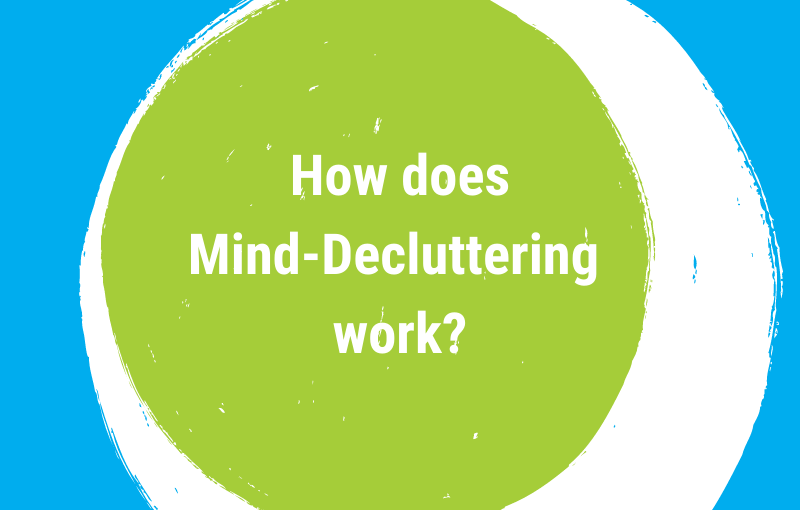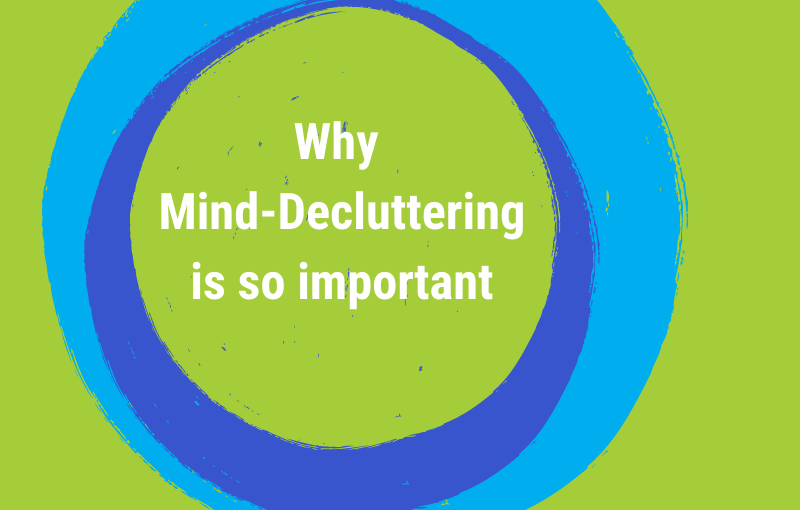Easter 2020 will not be what Easter used to be.
We can expect the Easter holidays to be very different this year.
That’s not only because we’ll spend these holidays at home, on our own or with the family members we live with. That’s actually nothing special as most of us spend every day most of the time at home right now.
The special thing about these Easter days is that we are going to miss our usual traditional Easter activities:
Visiting family and friends; inviting people to our place and arranging special meals for the larger family and other guests; going on a long-weekend trip; attending church and community functions; having lunch or dinner at restaurants; spending long days at the beach; visiting traditional Easter sports events; etc., etc.
We might all miss something different, yes, but we probably share the experience that we all feel a bit sad about the fact that things are going to be so different this Easter.
So, how can we make ourselves feeling better during the Easter days?
If we miss something it’s usually because we had it in the past and we no longer have it now.
Instead of thinking about what we had in the past, we can decide to focus our thinking on what we have in the present, and what we will have in the future.
Redirecting our thoughts is not always easy, and – especially right now – we tend to think too much about what’s not good and what we miss.
A little fun exercise might help us to redirect our mind to the good stuff.
Easter Fun Activity – Searching for the good stuff.
The Easter Fun Activity is all about and only about the good things in our life. The good stuff in the present and in the future.
The positive things, experiences, feelings, etc. we have right now – despite or even because of Corona.
And the good stuff we expect to have in the future when Corona has finally gone.
How to organise the Easter Egg Hunt 2020
We can do this little exercise – a special Easter egg hunt – at home, on our own or with the members of our household.
We can also do it on the phone or online and share the hunt with other family members or with our friends.
We can sit down and do it in one go, or we just start now and then get back to it whenever it comes to our mind.
(Remark: The hunt doesn’t have to end when Easter is over, we can continue with the exercise as long as we want. It might actually be a good idea to do it every day of our life.)
Step 1 – Prepare the hunt
First we organise our ‘Easter baskets’ which we can then use to gather all the precious 2020-Easter-‘eggs’ we will find and enjoy together.
We can use an old cardboard box to collect little pieces of paper on which we write our thoughts about what we have now and what we will have in future.
We can also prepare two lists on big pieces of paper or cardboard, hang them on the wall, and use them as collection boards for our ideas and thoughts – whenever we walk along we can add new things to the lists.
The labels of our two containers or lists could be something like
-
- Post-Corona – What I am looking forward to
- Corona-Times – What I am enjoying right now
Step 2 – Start the hunt!
Be prepared and willing to put some time and thought work into this.
Don’t give up if you first struggle to find lots of positive things you have now or will have in the future.
You might want to start with the good stuff you expect to have after Corona and then find corresponding good things in the present, for example
-
- If you look forward to a visit to the hairdresser as soon as that is possible again, you could deliberately enjoy the fact you don’t have to take so much care of how you look like right now.
- If you can’t await to go to the gym again in the future, you could appreciate that you have started a new running routine recently.
- If you are looking forward to seeing your friends in person again soon, you could intentionally be grateful for the digital technologies that allow you to have intensified online conversations with the people you love.
Look out for the good things you are personally experiencing right now but also search for the good stuff that’s happening around you, in your community and in the world.
Just start hunting – your mind will quickly come up with lots of great ideas!
Example of ‘Good-Stuff Easter baskets’:
